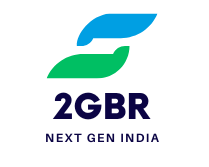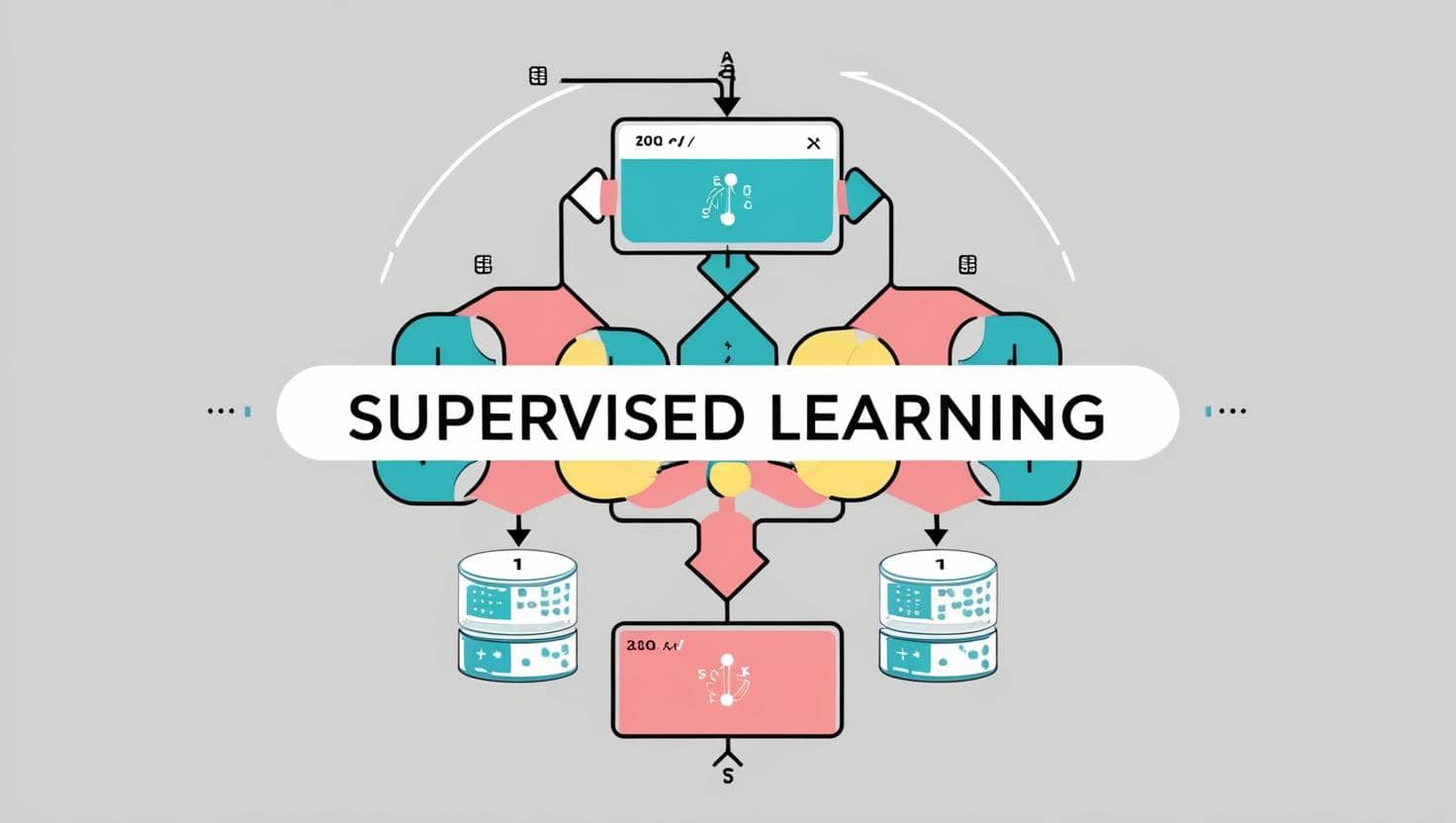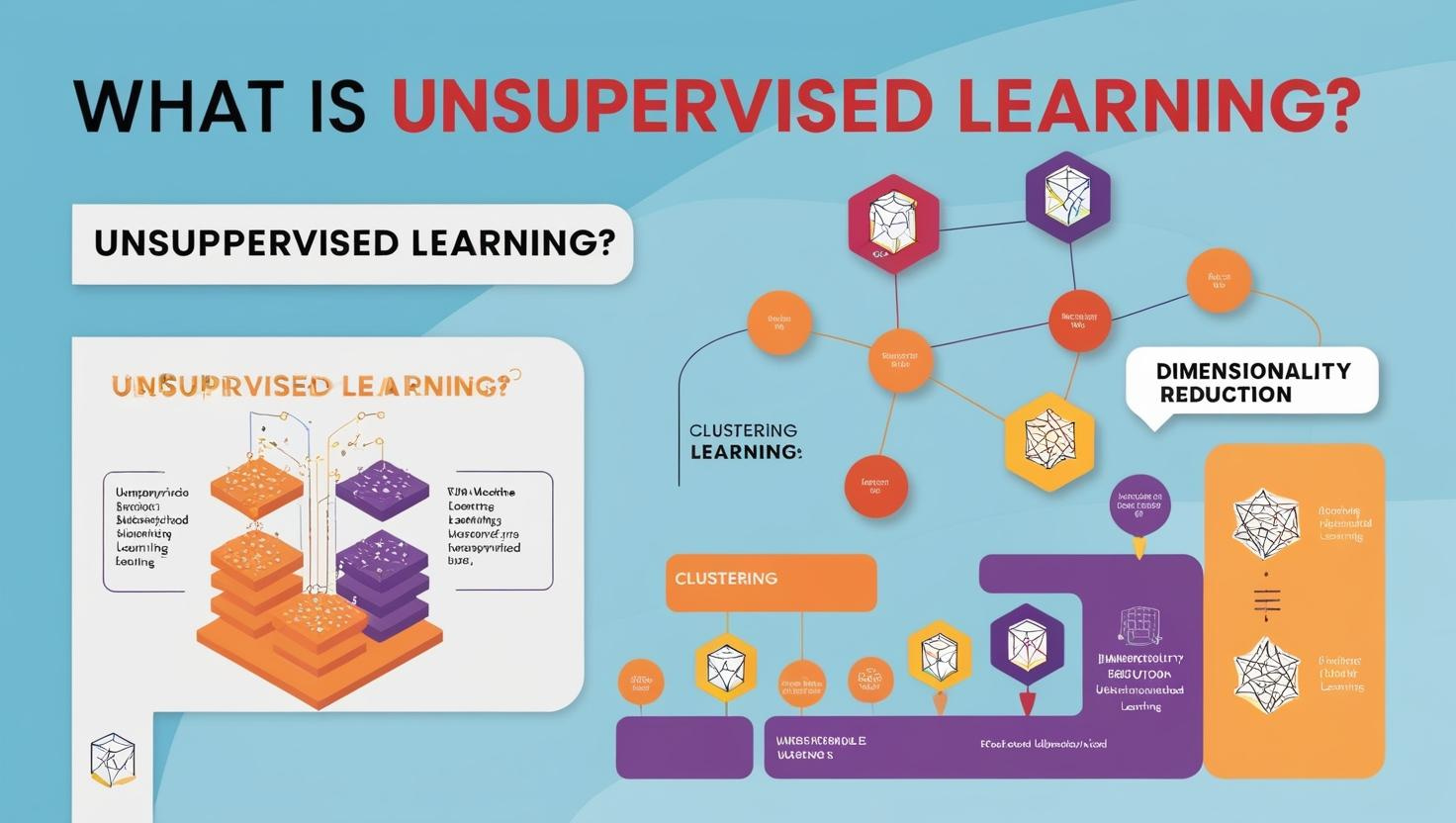
Data aggregation is the process of collecting data from multiple sources and compiling it into a summary or meaningful format for analysis. It involves gathering, processing, and presenting data in a structured manner to uncover insights, trends, and patterns. Aggregated data is often used in business intelligence, market research, and decision-making processes.
Data aggregation is often used to provide statistical analysis for groups of people and to create useful summary data for business analysis. Aggregation is often done on a large scale, through software tools known as data aggregators. Data aggregators typically include features for collecting, processing and presenting aggregate data.
Data aggregation can enable analysts to access and examine large amounts of data in a reasonable time frame. A row of aggregate data can represent hundreds, thousands or even more atomic data records. When the data is aggregated, it can be queried quickly instead of requiring all of the processing cycles to access each underlying atomic data row and aggregate it in real time when it is queried or accessed.
As the amount of data stored by organizations continues to expand, the most important and frequently accessed data can benefit from aggregation, making it feasible to access efficiently.
How Data Aggregation Works
The process of data aggregation generally involves the following steps:
Data Collection: Information is gathered from various sources such as databases, websites, IoT devices, surveys, and reports.
Data Processing: The collected data is cleaned, filtered, and organized to remove redundancies and errors.
Data Summarization: The refined data is compiled into a meaningful summary, such as averages, totals, or other statistical metrics.
Data Presentation: Aggregated data is presented through reports, dashboards, charts, or graphs for easier interpretation.
Types of Data Aggregation
Data aggregation can be categorized into different types based on its approach and purpose:
Time-Based Aggregation: Data is collected over a specific period (e.g., daily, weekly, monthly) to analyze trends and patterns.
Spatial Aggregation: Data from different geographical locations is aggregated to compare regional statistics.
Attribute-Based Aggregation: Data is grouped based on similar characteristics, such as age groups, product categories, or user demographics.
Hierarchical Aggregation: Data is summarized at different levels of an organizational or analytical hierarchy, such as department-level vs. company-wide data.
Importance of Data Aggregation
Data aggregation is crucial in various industries, offering several benefits:
Improved Decision-Making: Aggregated data provides a clear view of trends, enabling businesses and organizations to make informed decisions.
Efficient Data Management: Instead of analyzing raw data, summarized information saves time and effort.
Enhanced Reporting & Analytics: Aggregated data helps in creating meaningful reports that drive insights.
Better Resource Allocation: Helps organizations allocate resources efficiently based on analyzed data patterns.
Examples of Data Aggregation in Different Sectors
Healthcare: Aggregating patient data to track disease outbreaks and improve healthcare strategies.
Finance: Summarizing financial transactions to detect fraud and assess market trends.
Marketing: Aggregating customer data to identify buying patterns and personalize marketing campaigns.
E-commerce: Analyzing aggregated sales data to optimize inventory and pricing strategies.
Challenges of Data Aggregation
Data Accuracy Issues: Poorly collected or inconsistent data can lead to incorrect conclusions.
Privacy Concerns: Aggregated data may still contain sensitive information, requiring careful handling.
Scalability Problems: Handling large datasets requires efficient tools and infrastructure.
Data Integration: Combining data from multiple sources can be complex due to differences in formats and structures.


